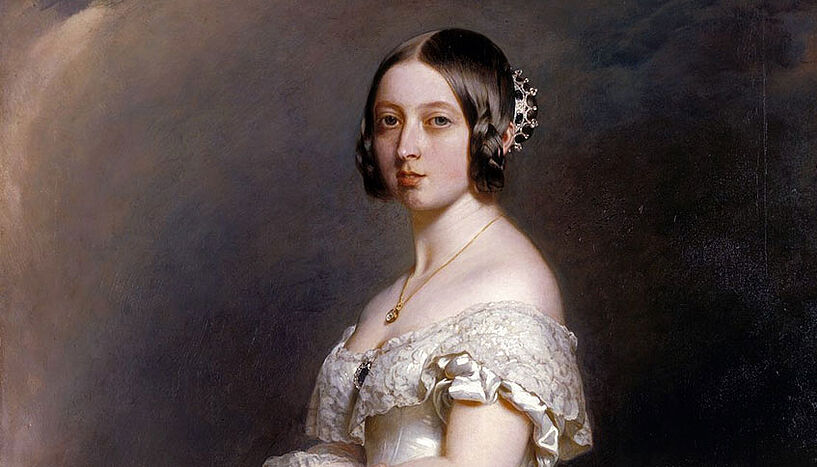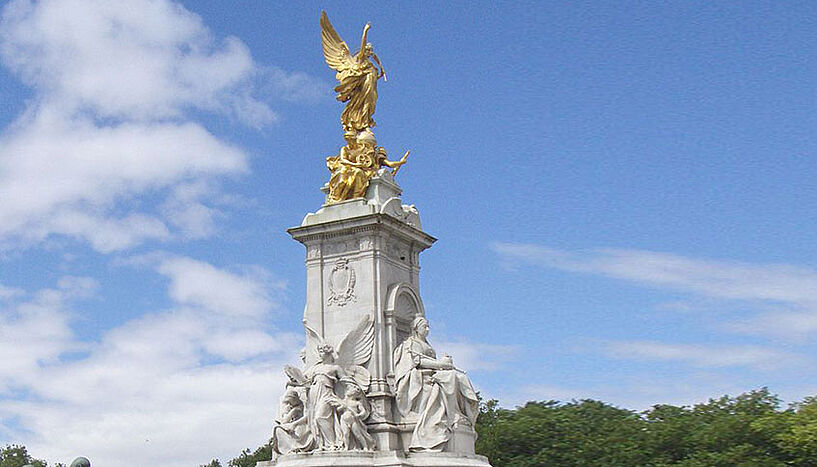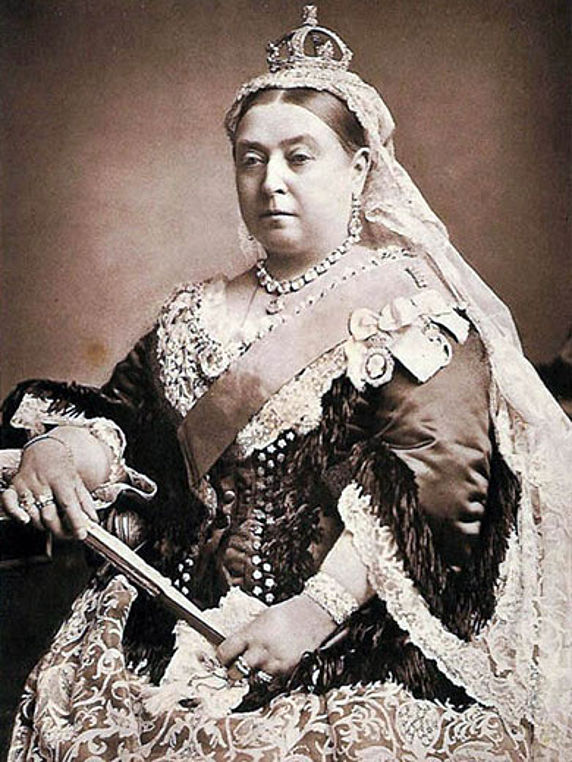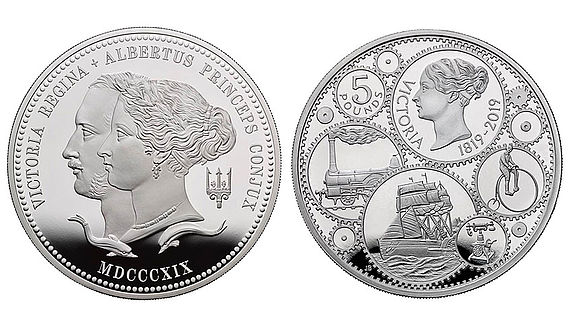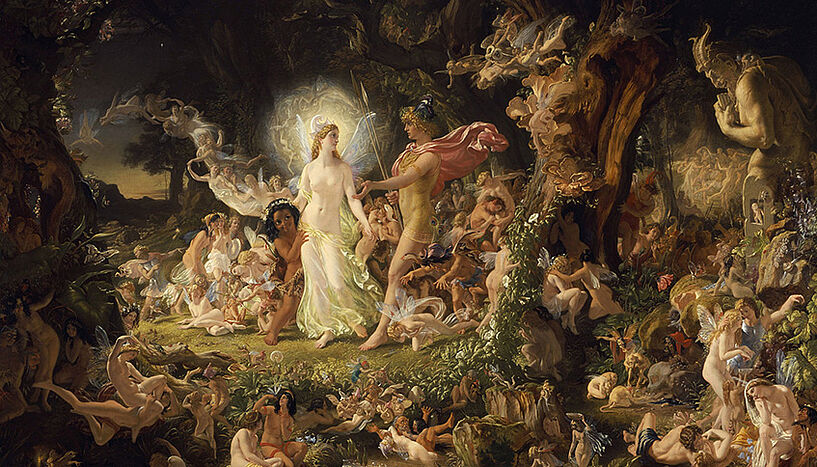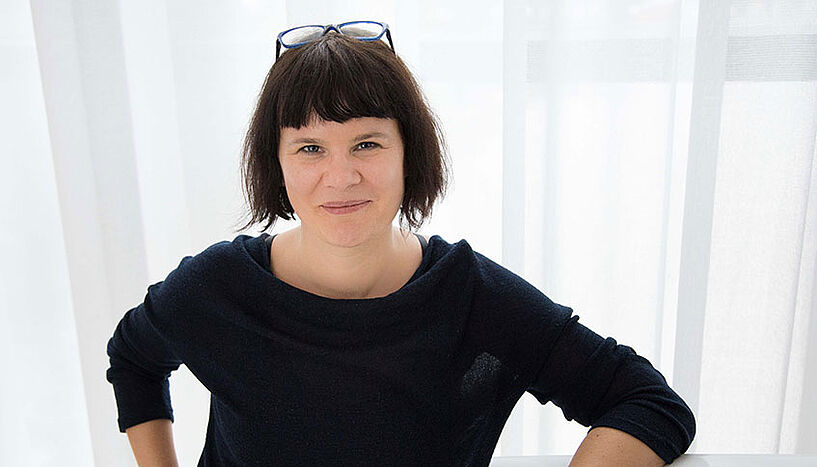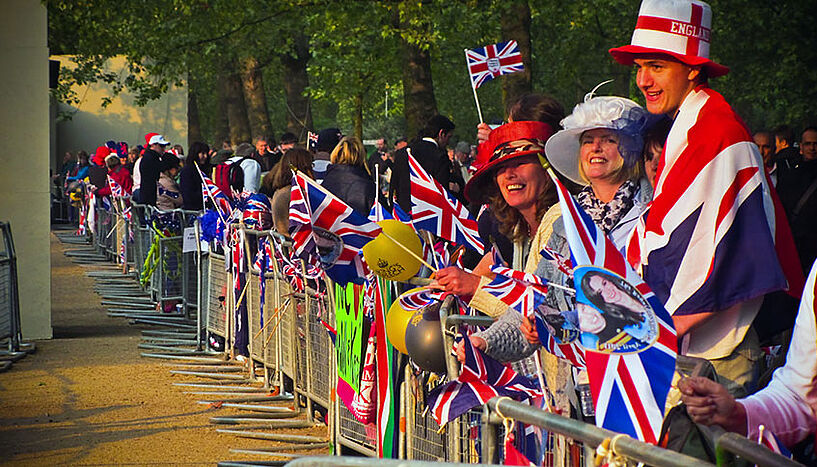Queen Victoria: An Iconic Monarch
| 24. Mai 2019May 24th 2019 marks two centuries since the birth of Queen Victoria. Reigning longer than any of her predecessors, Queen Victoria embodies more than six decades of historic milestones. But why is the Victorian era so prominent? Who was Queen Victoria, and how close to us are the Victorians?
Born in 1819 in Kensington Palace, London, Alexandrina Victoria inherited the throne at the young age of 18. She became Queen of the United Kingdom of Great Britain and Ireland on June 20th 1837, coined the additional title of Empress of India in 1876, and died on January 22nd 1901. Her reign, now known as the Victorian era, lasted 63 years and seven months, which at the time of her death made her the longest-reigning monarch in Britain. It was surpassed in September 2015 by her great-great-granddaughter, Queen Elizabeth II.
The grandmother of Europe
The United Kingdom was already an established constitutional monarchy at the time, which meant that she had relatively little political power, but Queen Victoria was nevertheless eager to be involved in government policy. Prince Albert of Saxe-Coburg and Gotha, whom she married in 1840, also took a very active interest in the life of the country and its scientific, artistic, economic and industrial endeavours. Victoria and Albert’s marriage produced nine children who all married into noble or royal families across the continent, earning Victoria the nickname "the grandmother of Europe". When her trusted adviser and devoted husband died in 1861, Victoria entered a state of mourning, preferring isolation to public appearances and wearing black for the following forty years.
This photograph of Queen Victoria taken for her Golden Jubilee is widely known. Her Golden Jubilee was celebrated on 20 June 1887 on the occasion of the fiftieth anniversary of her accession in 1837. (© Wikipedia)
An Age of Transformations
In but a few decades, the Victorian era saw the most radical transformations both in terms of speed and scale. In the wake of the Industrial Revolution, scientific and technical knowledge flourished: from electric power to the telegraph, the telephone, moving images or photography; soon the rise of technology that would last throughout the 20th century and until now seemed unstoppable. The railway gradually conquered the whole country, generating a new living experience and sense of community thanks to standard time. Factories started producing in significantly different quantities, leading to the rise of mass market consumerism as we know it today, and cities expanded at an alarming rate – the population of Britain rose from 13.9 million in 1831 to a staggering 32.5 million by 1901.
Health and medicine
Changes happened under the surface too: the sewage system is after all a Victorian creation, after outbreaks of cholera led to the beginnings of modern epidemiology. Health and medicine took crucial steps with the development of anaesthetics and antiseptics, along with a better understanding of the human body. In 1859, Charles Darwin published "On the Origin of Species", introducing the theory of evolution. Simultaneously, the class system evolved as literacy and education became accessible to the working classes. By the end of the Victorian era, literacy rates had reached about 90 percent. Political reforms of enfranchisement led to a gradual broadening of the electorate, and to an overall drastically different involvement in the political and public life.
The empire on which the sun never sets
The massive scale of these transformations took its toll on the lower classes though, as cities could not keep up with such rapid changes and living conditions plummeted. Workhouses were put into place in an attempt to change the poverty relief system, but the dreadful conditions they provided only pushed more people on the streets. Extensive working hours, low wages, appalling hygiene, alcoholism, starvation, prostitution – the various layers of the working-class suffered greatly, while numbers kept growing.
The British Empire itself is an equally ambivalent development of the Victorian era. The "empire on which the sun never sets" prospered and became the largest in world history by total size, spreading a political, technological and linguistic legacy, and accumulating riches. But this era of power also meant a new understanding of nations, which led to an unprecedented global scale of conflicts and uprisings in such colonies as India and to a gradual move towards self-government.
The Royal Mint commemorates the 200th anniversary of Queen Victoria's birth with a special coin. (© The Royal Mint)
Contemporary Victoriana
Queen Victoria and the period of her reign are still extremely present in our contemporary culture, all the more so for the 200th anniversary of Victoria's birth. The Royal Mint has issued coins featuring her and Prince Albert among Victorian innovations and cogs evoking the massive industrialisation of the period. Kensington Palace has also opened two exhibitions presenting different perspectives on the life and legacy of the famous monarch. 20th-century and 21st-century popular fiction is rife with Neo-Victorian occurrences: with stories either set in Victorian times or featuring famous literary characters like Sherlock Holmes; or stories about Victoria's reign and personal life (such as the recent ITV series "Victoria"), the period continues to fascinate.
The shadow of the Victorians is still lingering as we live in a world that they created, and this haunting presence only goes to show how significant this era was and still is to the building of our contemporary society. After all, if it might feel far from us on a lot of aspects, Victoria's reign did only end last century.
Manon Labrande, Lic. MA, is University Assistant (Prae-Doc) and PhD student at the Department of English, University of Vienna. Her research interests include Victorian literature, Victorian popular culture and entertainment, Detective fiction and Gothic fiction.

